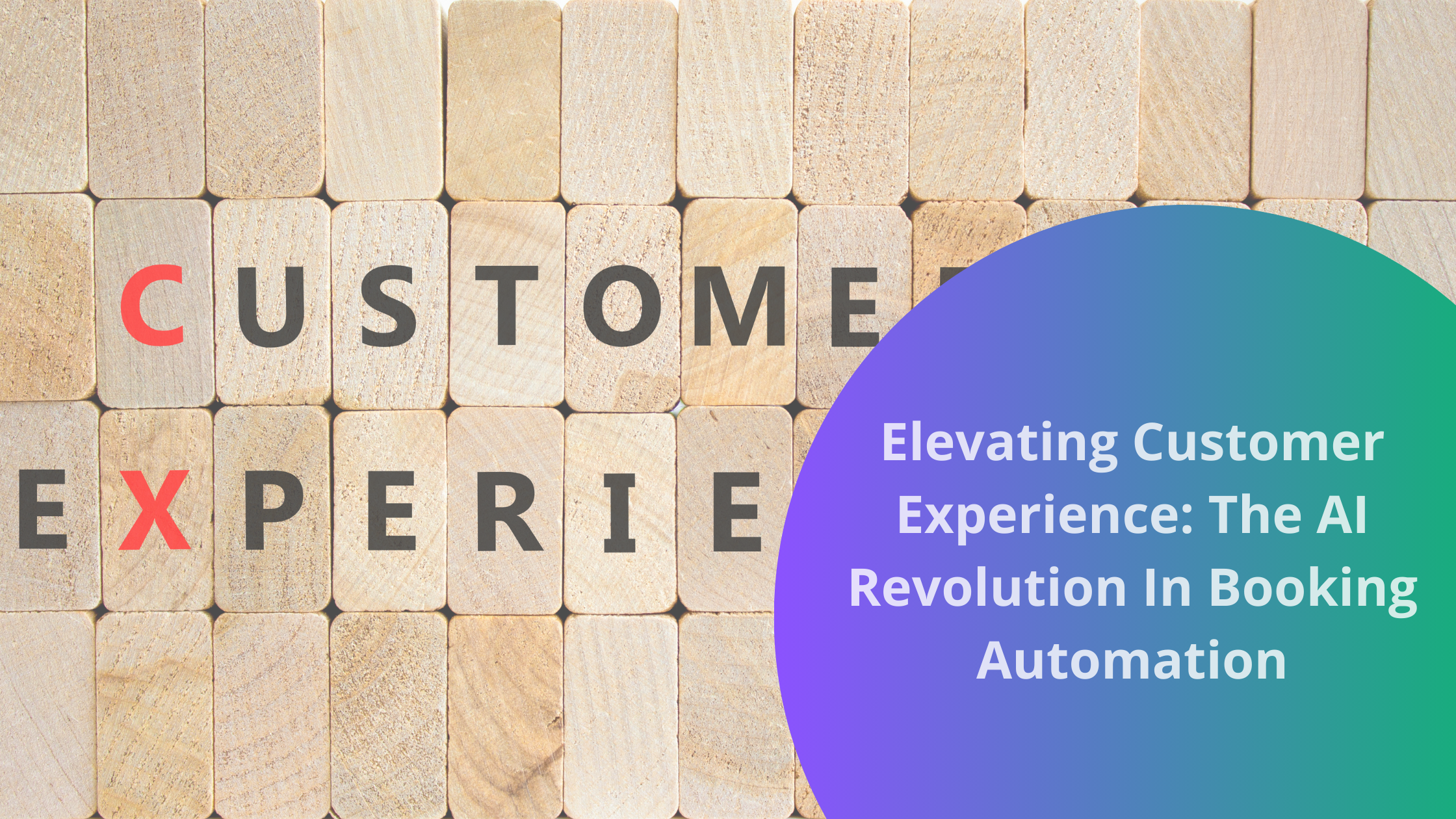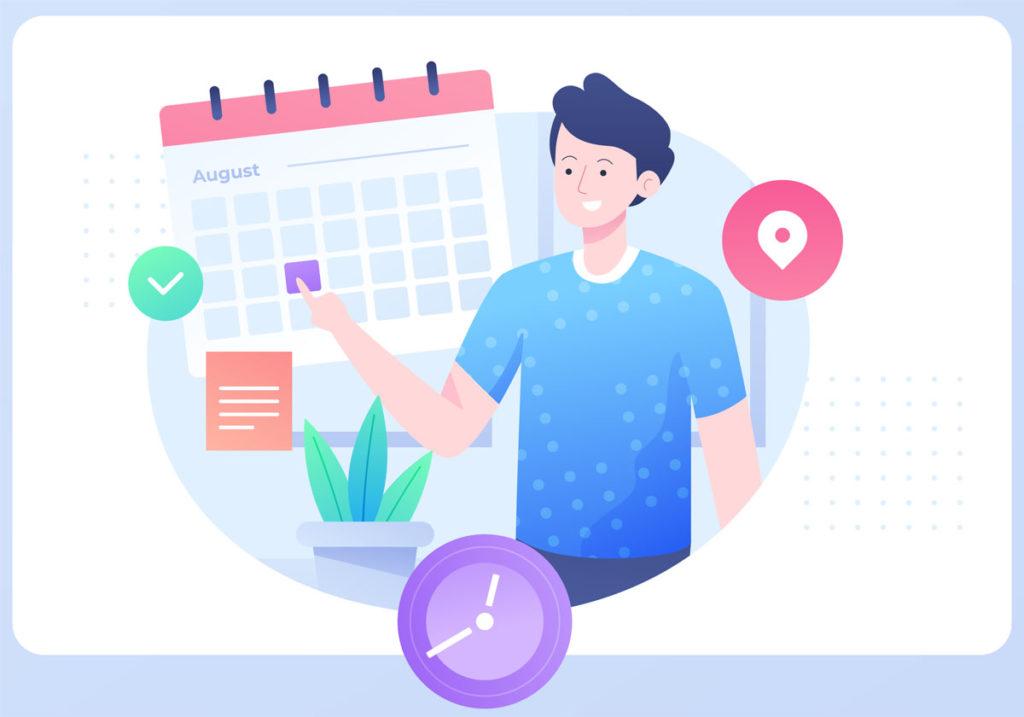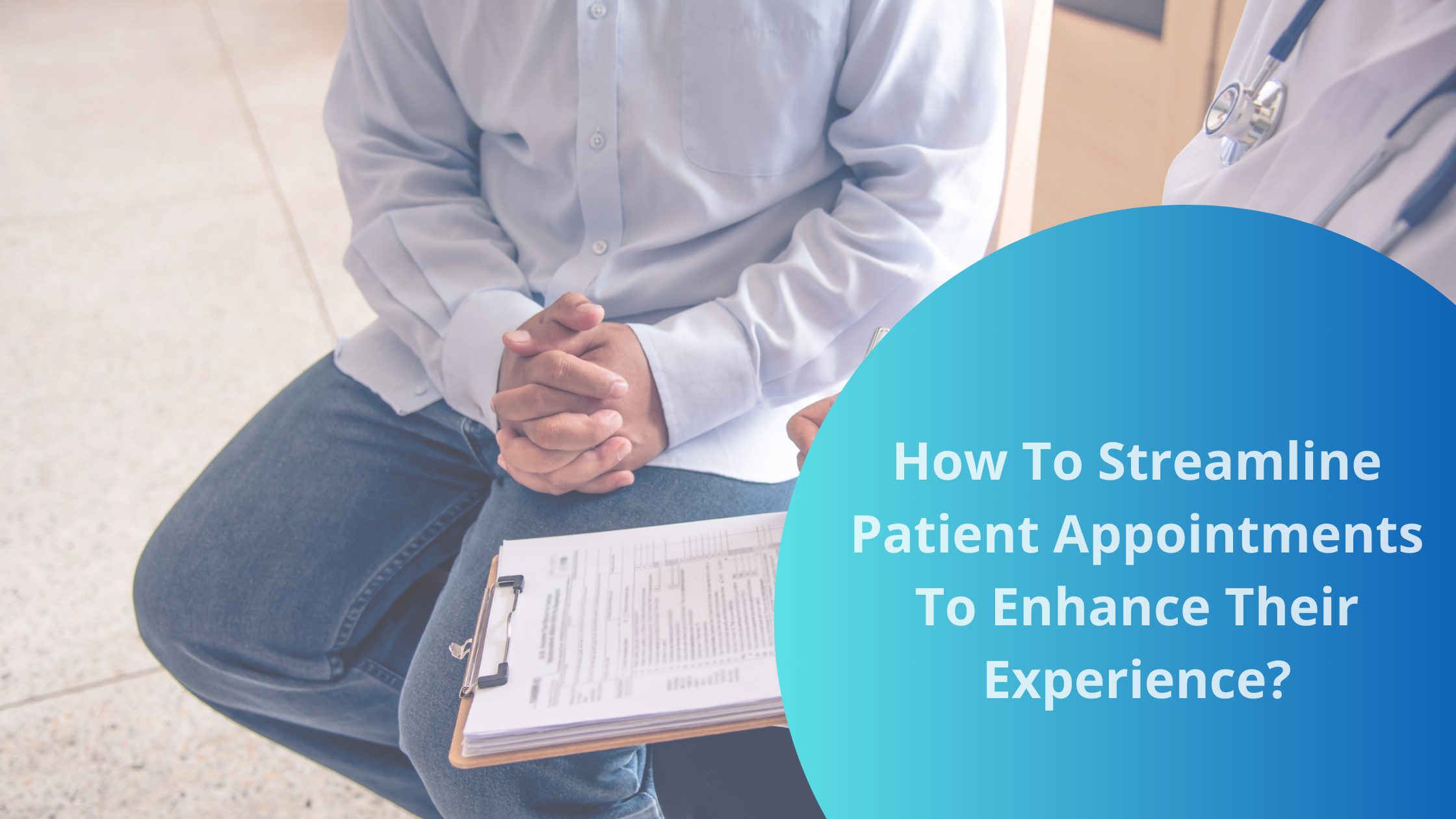In an ideal digital marketing scenario, you want all of its key elements to mesh exceptionally well together. SEO, sales, web design, website development: all the various elements that make up a successful, holistic strategy should understand each other’s goals and key metrics and, more importantly, understand how an action taken by one player impacts all the others.
Unfortunately, web design is often overlooked and written off as just a way to make the website look nice. In reality, it has the potential of significantly improving most, if not all, digital marketing key performance indicators every business should be tracking.
Whether you are setting goals for ecommerce lead engagement or trying to boost the number of unique pageviews on your blog, these tips can help you make those little design choices that can make all the difference.
Average Older Value: Shine a Light on Your Cross- and Upsells
Average order value, or AOV, is the average amount spent every time an order is placed. You calculate it by dividing your total revenue by your total number of orders.
Its main purpose is to help you make sales-oriented decisions: how to price your items, how much to spend on advertising, which products to highlight, etc.
Improving average order value is a great goal to set for your ecommerce store. In fact, it’s a much better choice than increasing website traffic. Traffic does not equal spend, first and foremost, and it also often costs money.
On the other hand, increasing AOV does not need to cost anything, and it is a direct way to up your profits.
How do you improve your AOV? By inspiring customers to buy more than one item. They are already on your website, so you know that they are already interested in at least one of your products. If you can cleverly upsell and cross-sell, they are likely to buy more than just the product they originally came in search of.
Let’s take a look at Anytime Baseball Supply pitching machine product page as an example of a simple but effective cross-selling tactic.
It comes with a “frequently bought together” section that allows customers to upgrade their order and get their hands on some other products that will be of use to them, given the product they are browsing.
The best thing about this section is that it has nailed the UI design element. It’s super easy to select which items you want to add to your cart, you see the total price immediately, and you can easily modify the details of each product.
The pairings are also absolutely spot on. This is the mistake brands most often make: they don’t take the time to develop logical product pairings, but rather suggest items from the same category. Instead, what you should be aiming for is adding value to your customer’s order. Don’t try to sell them something they don’t need. Offer them something they do.
Time On Page: Make Your Content Highly Readable
Killer landing pages are the ones that are exceptionally easy to read. Your visitors don’t want to be greeted with a wall of text. They don’t want to feel like they are reading a newspaper. They want all the conventional elements of a quality digital page.
This rule applies to conversion-oriented landing pages as well as content-heavy blog posts. Whenever there is a large amount of writing involved, do everything you can to make the time a user spends on the page pleasant.
Why should you care about time on page? Because it’s one of the best signals of relevancy. The higher your time on page, the higher the quality of your content. The lower your time on page, the higher the chances that you are attracting false leads. These are people who are not really interested in what you have written about but have landed on it because you are targeting the wrong keywords or the wrong user intent.
If your dwell times are low, start by rethinking your targeting. Have you chosen the right keywords? Are you sure you have nailed intent? Are you using the language of your customers? If you’ve checked all of those boxes, consider the design of said page.
The more information you are sharing, the more important it is to break up your text and turn it into bite-sized elements that make the reading experience acceptable. This includes adding visual elements (images, charts, video), as well as keeping your sentences and paragraphs short, and using numbered or bulleted lists to help digest shorter pieces of information.
Examine this Going.com guide on finding cheap flights. Here’s what it gets just right:
- Visually appealing hero image
- Table of contents at the top of the page
- Use of a significantly larger font for headings
- Numbered lists
- Bulleted lists
- Bolded and italicized words that need to be emphasized
- Illustrative screenshots that add more value to the writing
- Great use of underlining for hyperlinks
Now that you have this checklist, run through your own content pages and see how they measure up.
Bounce Rate: Don’t Force Visitors to Hunt for Information
Bounce rate is an often confusing KPI that is either defined as “single-page sessions divided by all sessions, aka the percentage of sessions in which users have only viewed a single page,” or, more straightforwardly, as a percentage of visitors who leave your website without taking any action.
The higher the bounce rate, the higher the chances that your visitors are not finding what they are looking for on your page. Like with time on page, it may mean you optimized your page for the wrong intent or keywords, but most likely, on a specific page, it means people can’t find what they are looking for in a matter of seconds.
Content pages are the worst offenders here, where writers are often tempted to go on and on about a topic, trying to increase time on page and burying the key information deep down.
This tactic usually results in said high bounce rate (and low time on page). Don’t write lengthy intros for the sake of keyword stuffing. This is a very straightforward engagement killer and the procreator of high bounce rate.
Instead, design your landing pages and blog posts so that they give your audience what they are looking for straight away. Don’t make them scroll at all to get the answer they came in search of.
Case in point: this post on mattress dimensions and sizes. It opens with a visual element that summarizes all the different sizes and literally gives you the answer as soon as you see the page. Aim to do something similar, where you at least provide an answer paragraph above the fold if you can’t use a visual solution.
Note that there will be users who still bounce from this page, as they actually get their answer and are leaving satisfied. These users are not to be confused with the ones who’ve bounced for the above-mentioned reason: you have improved your brand awareness and established trust with these people, and they are more likely to come back.
Sales Conversion Rate: Address Common Conversion Obstacles with Trust Badges
Customer reviews are a great way to build trust. They are that all-important social proof element that can make all the difference, as they signal your visitors that you are a reputable and trustworthy brand.
Trust badges are another great trust signal to be considered. They significantly improve sales conversion rates, aka your ability to convert leads into paying customers.
Trust badges are elements that show visitors that you are legitimate. They are usually placed on product pages (and are an absolute must there), but you can also use them sitewide to ensure visitors who have landed on other pages are exposed to them as well.
There are security, payment, and accreditation trust badges to consider. You can also consider free shipping and money-back guarantee badges, as well as third-party review badges, among which Google and Trustpilot carry the most weight.
Place your trust badges on the lower right-hand side of the page, just under all the product details. Take a look at the main Gili Sports paddle board product page. It features four relevant trust badges: shipping, warranty, savings, and money-back guarantee. They also very unobtrusively fit into the rest of the page without being too bulky or too distracting.
How you design these badges will matter a lot. Like our example brand, you want to make sure they are simple and straightforward but still visually appealing enough to catch a visitor’s eye.
Don’t make them too flashy, as that is more likely to alienate customers. Remember, you are conveying professionalism here.
Average Session Duration: Engage Visitors With Video
The average session duration metric measures the time a user has spent on your website. Let’s say they entered the homepage, looked at five products, added three to their cart, and then checked out. All of these pageviews are one session.
This metric can tell you a lot about the time visitors are spending engaging with different pages. While unlike time on page, it’s more comprehensive and can give you great insight into how your users behave and how they navigate your website.
A great way to boost this metric (and, at the same time, boost time on page) is to use video to engage your visitors.
On your homepage, you can use explainer, how-to, or storytelling videos. They can help you provide more information to visitors and ensure they are more interested in what you have to show them. It also gives you the opportunity to add visual elements no amount of words will ever be able to compete with.
On product pages, you can use demo videos that show the product in real life, compared to other products, in use, etc. This is a great way to ensure visitors actually get what they’ve bargained for and that you lower your item return rates.
Let’s look at some homepage videos from Bay Alarm Medical. They have numerous videos on their homepage, and all of them are different. They blend very well with the overall minimalist design of the page, and they’re a great engagement-boosting tool.
Consider all the angles they’ve managed to convey. There are customer video testimonials, there’s an unboxing, and there’s a clip from a mainstream program. All of these elements also boost credibility and trust and help the brand highlight the impact of the product.
Social Media Engagement: Create Useful Information for Your Audience
In order to make your social media campaign successful, you will want to boost your user engagement. The more followers you have and the more shares and likes you get, the more credible your brand will be, and the higher the chances that you’ll reach new customers.
How to boost engagement? By creating useful content that will be of actual value to your audience. The format itself is less important, and it needs to align with the social media channel in question.
As a general rule of thumb, short videos work best on Instagram, tweets need visual content, and YouTube is great for how-to style videos. Let’s look at such an example from Shop Solar Kits.
Their video on the setup of a solar panel kit for beginners is a great example of how to boost engagement. Here’s what it does well:
- The title tells you exactly what you are getting.
- The language of the video is adapted for beginners.
- The video is broken up into chapters with great titles.
But its biggest selling point is the fact that it takes a very complex subject and turns it into a simple explanation. You don’t need to be an electrician to understand any of it, and it’s genuinely, uniquely helpful to its audience, unlike most of the similar content on the subject.
This is your goal: be as valuable as you possibly can, in the best format possible for the subject at hand, and take your audience’s real needs into account.
Wrapping Up
With these smart design choices, you will be able to impact your key KPIs and achieve your marketing goals.
Do bear in mind that before you decide which ones to implement, you need to take some time to consider how your pages are performing at the moment, which elements your audience is currently responding to the best, and only then make a new design decision.
A simple heatmap plugin can help you gather all the relevant information and provide all the data you require. Don’t rush into making a decision blindly: data-based choices tend to be the right ones in the digital marketing world.




